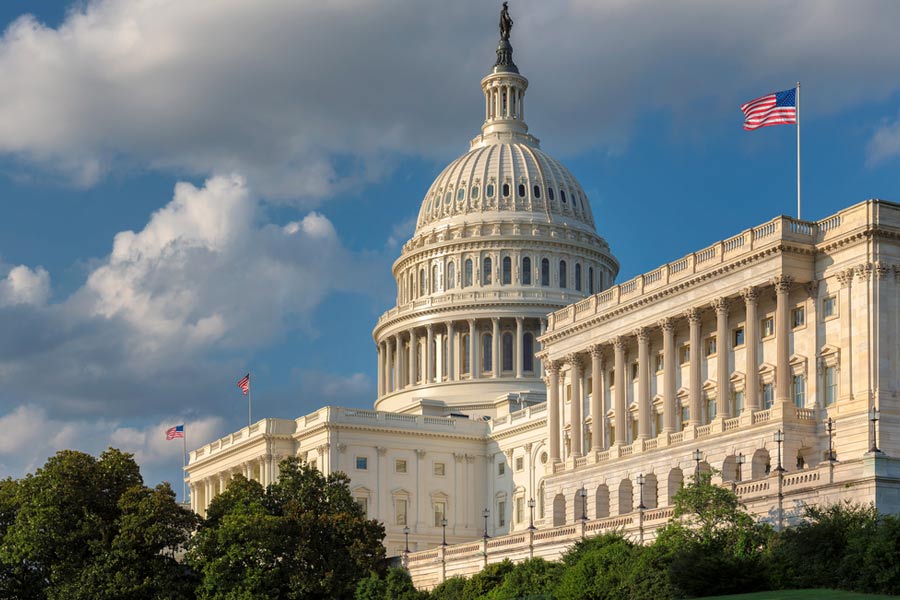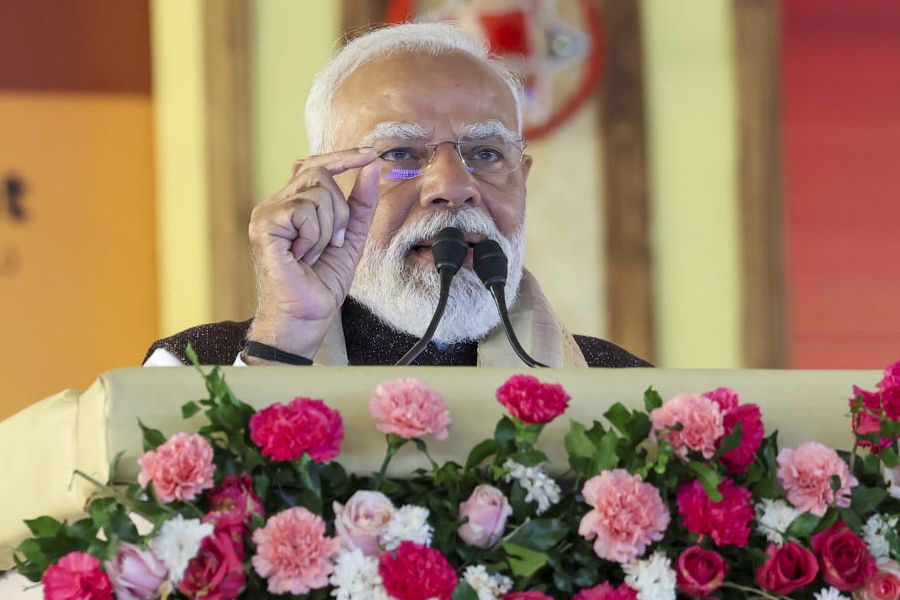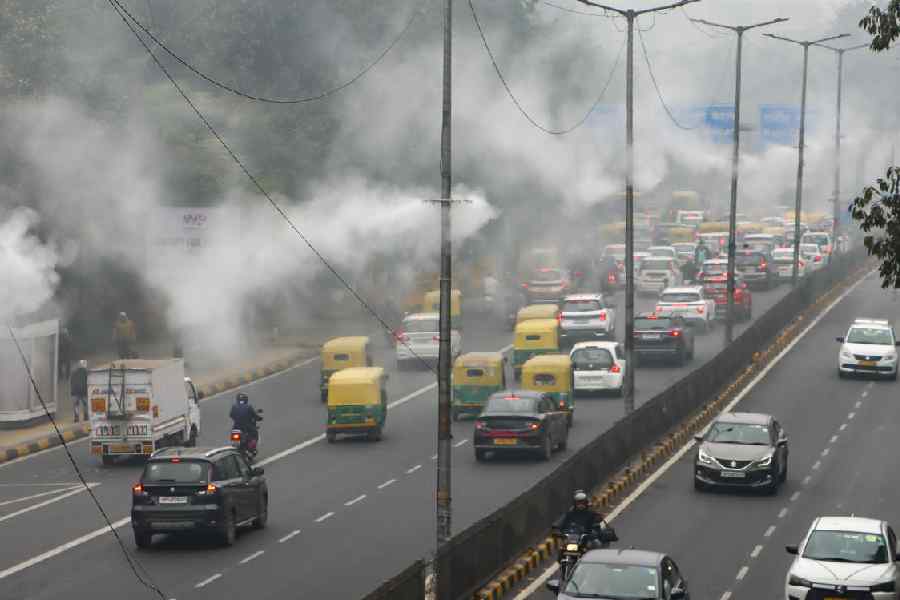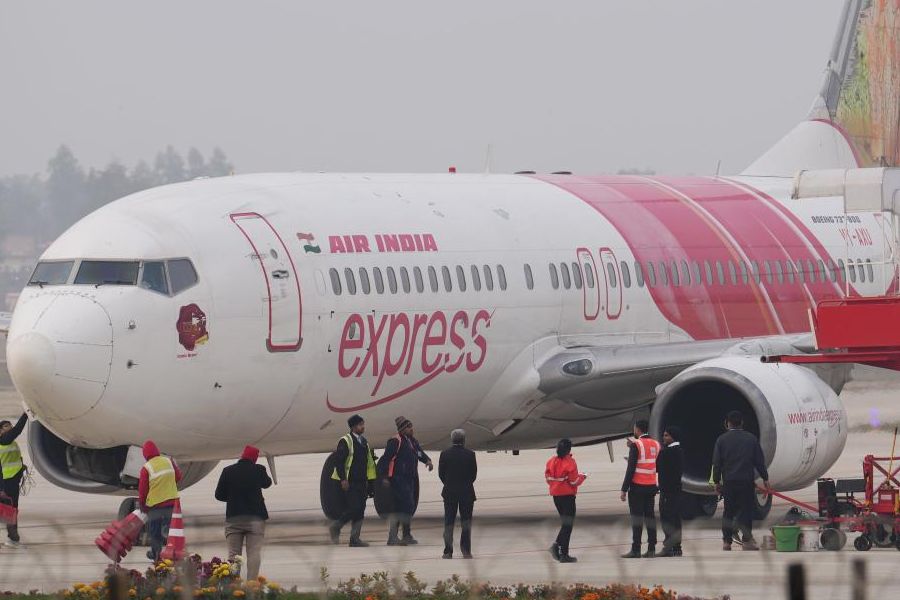President Donald Trump is preparing to drop the hammer on some of America’s largest trading partners.
He is all set to unveil a new import duties today—branded “reciprocal tariffs” targeting countries that place heavy tariffs on American goods.
The move is expected to inflame tensions with some of the world’s biggest economies.
Trump has called the announcement “the big one” and declared April 2 as America’s “Liberation Day.” His administration argues that these measures will correct “unfair trade imbalances” that have long disadvantaged US businesses.
But behind the patriotic branding, one question looms large: Which countries are about to get hit the hardest?
The ‘Dirty 15’
Treasury Secretary Scott Bessent has named a mysterious group he calls the “Dirty 15”...a set of countries that trade heavily with the US while imposing what he considers excessive tariffs or barriers on American exports.
Bessent has yet to reveal the full list, but economists and trade analysts have pieced together the most likely targets.
According to the US Commerce Department’s 2024 data, these are the biggest "offenders" when it comes to trade surpluses with the United States:
China ($295.4 billion surplus with the US), Vietnam ($123.5 billion surplus), European Union (bloc-wide trade imbalance), Mexico, Ireland, Germany, Taiwan, Japan, South Korea, Canada, India, Thailand, Italy, Switzerland, Malaysia.
These economies are staring down a trade war with the United States—one that could upend global supply chains and rattle financial markets.
Retaliation and panic
The looming tariffs have already triggered a flurry of diplomatic activity. Nations that rely on American trade are scrambling to soften the blow.
India has reportedly offered to cut $23 billion worth of tariffs on American imports, sending its commerce minister on multiple trips to Washington.
Vietnam rushed to sign a $4 billion energy and minerals deal with US firms, hoping to “balance” trade relations before the hammer falls.
South Korea has launched an emergency strategy to negotiate a carve-out, dispatching top officials to Washington.
Taiwan, facing a $26.1 billion trade surplus with the US, is weighing major changes, including increasing energy imports and reducing its own tariff barriers.
For these countries, it’s a high-stakes game of survival.
Trump’s strategy?
Trump’s new tariff plan comes on the heels of an already aggressive trade agenda. Over the past year, his administration has:
Imposed sweeping tariffs on Chinese imports
Placed steel and aluminum tariffs on Canada and Mexico
Slapped automobile tariffs on key European and Asian manufacturers
Threatened additional tariffs on pharmaceuticals and tech industries
Now, the upcoming reciprocal tariffs could make America’s trade policies even more unpredictable.
Leavitt's 'ripping off' jibe
White House Press Secretary Karoline Leavitt defended the move, saying, “Unfortunately, these countries have been ripping off our nation for far too long.”
She pointed to specific examples:
100% tariff on American agricultural products by India
700% tariff from Japan on American rice
50% tariff from the European Union on American dairy
Nearly 300% tariff from Canada on American butter and cheese
Leavitt framed the new tariffs as a long-overdue correction.
Trump has insisted that his approach will “bring fairness” to global trade. But even within his own administration, there are concerns about the potential fallout.
Kevin Hassett, Director of Trump’s National Economic Council, has acknowledged that targeting 10 to 15 countries that account for America’s entire trillion-dollar trade deficit could lead to severe economic disruptions.
Moreover, Trump himself has muddied the waters.
While officials initially suggested a targeted approach, Trump declared Sunday that “You’d start with all countries… There’s not a cut off.”
That uncertainty has left analysts scrambling to predict the impact.
As Trump prepares to take the stage in the White House Rose Garden on Wednesday, what’s certain is that Trump’s “Dirty 15” are now on high alert.












